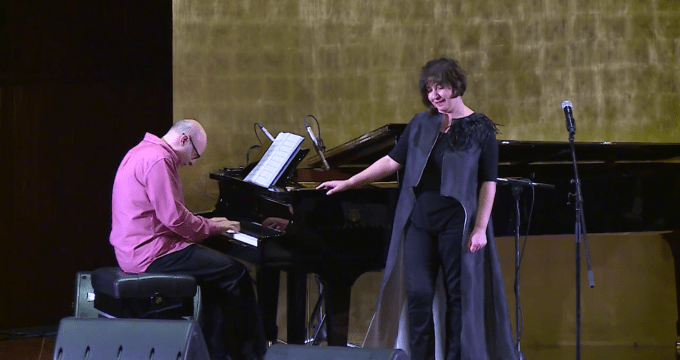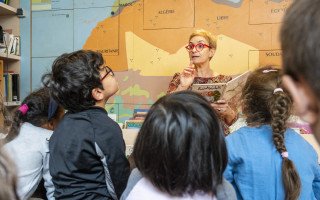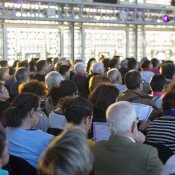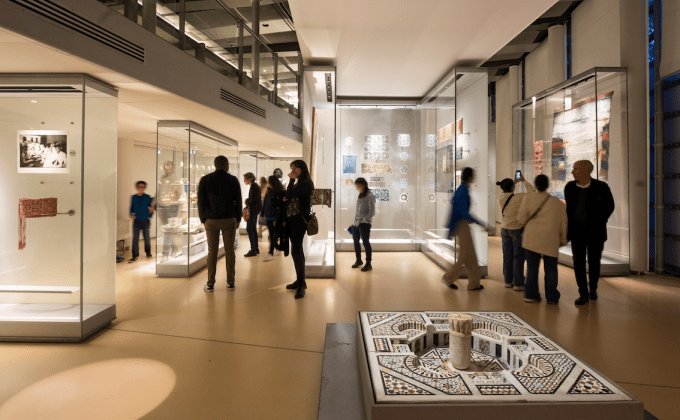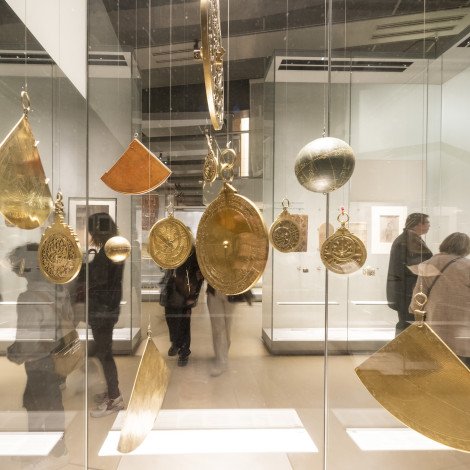Programmation
FESTIVAL
Du 29 janvier au 2 février 2025
IMA COMEDY CLUB
Insolent, connecté, engagé, le stand-up est l'un des arts de la scène les plus en prise avec le monde comme il va. Avec Ameziane Bouzid, Audrey Baldassare, Djamel Oudny, Hakim Jemili, Imen Lahmar, Lilia Benchabane, Louis Cattelat, Lucie Carbone, Luciole de feu, Mamari, Natacha Prudent, Samy Bel, Sofiane Soch et Youness Hanifi.
Voir le programme




Le monde arabe pour tous
L’IMA met à la disposition du public des ressources et services adaptés à tous pour faciliter et encourager l’étude, la connaissance et la compréhension du monde arabe, de sa langue, de sa civilisation.
L'IMA vous donne rendez-vous
Magazine
Vos cadeaux de Noël aux couleurs de l'OrientÀ revoir : les rencontres du 1er Sommet des pensées arabesSéminaire codicologie arabeSortie de “Norah” de Tawfik AlzaidiL'IMA et les éditions de L'Atelier lancent la collection « Pensées arabes conte…"Amira Ghenim, Prix de la littérature arabe 2024 pour “Le désastre de la maison…
En boutique

Des privilèges exclusifs pour nos membres
Adhérez aux Amis de l’IMA !

Des livres et objets soigneusement choisis pour enchanter les fêtes
Notre sélection Noël 2024
Venir à l'IMA
Institut du monde arabe
1 Rue des Fossés Saint-Bernard, 75005 Paris
- Métro : Ligne 7, Jussieu ou Ligne 10, Cardinal Lemoine
- Bus : Lignes 24, 63, 67, 86, 87, 89
- Vélib' : Stations n° 5020, n°5019, n°502
- Parking : 1, rue des Fossés saint Bernard, 75005 Paris



